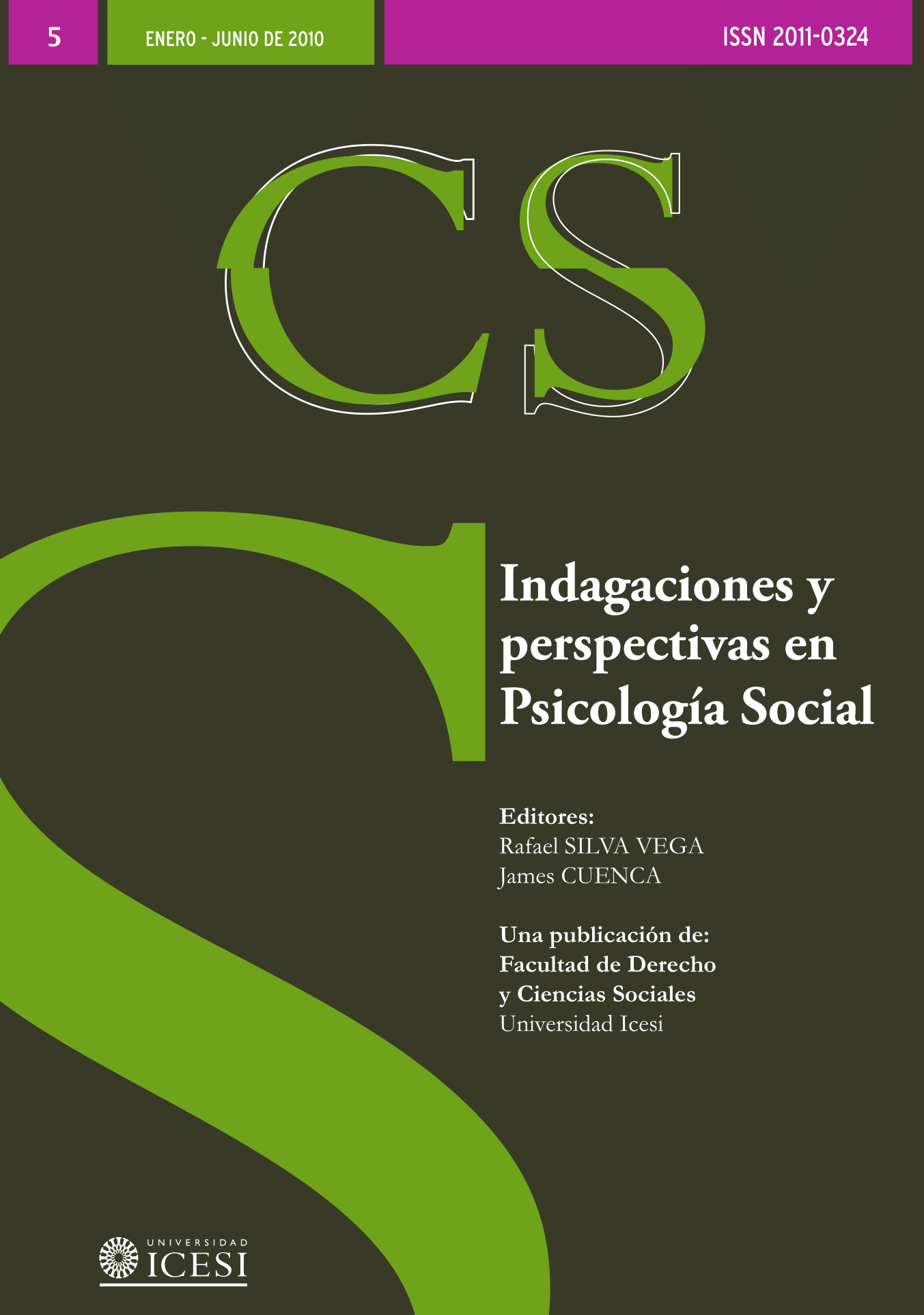Construcción social del narcotráfico como ocupación
DOI:
https://doi.org/10.18046/recs.i5.453Palabras clave:
Narcotráfico, Representaciones sociales, TrabajoResumen
Aparentemente el contexto del Estado de Baja California (México) y el del Departamento del Valle del Cauca (Colombia), no tienen mucho en común. Estos territorios pertenecen a dos países diferentes y tienen importantes diferencias históricas, políticas, demográficas y económicas. Sin embargo estos lugares coinciden en el hecho de que por más de tres décadas se han convertido en enclaves de la dinámica transnacional del tráfico de drogas ilegales. En este artículo se exponen los resultados de un trabajo de campo realizado en diciembre del 2008 que tuvo como objetivo conocer y entender los complejos procesos mediante los cuales el narcotráfico ha penetrado e impactado los contextos locales de estos dos territorios. A pesar del actual contexto de prohibición, al menos en estos dos territorios, la lucrativa actividad de tráfico y distribución de drogas ilegales ha logrado consolidar su proyecto ilegal, hasta el punto de ser reconocido por amplios sectores de la sociedad como una opción laboral.Descargas
Publicado
Número
Sección
Licencia
© Derechos reservados de autor
El material de esta publicación puede ser reproducido sin autorización, siempre y cuando se cite el título, el autor y la fuente institucional.
El contenido publicado en Revista CS se distribuye bajo la licencia Creative Commons BY-NC 4.0 Atribución/Reconocimiento-NoComercial 4.0 Internacional.
Usted es libre de:
Compartir — copiar y redistribuir el material en cualquier medio o formato.
Adaptar — remezclar, transformar y construir a partir del material.
Bajo los siguientes términos:
Atribución — Usted debe dar crédito de manera adecuada, brindar un enlace a la licencia, e indicar si se han realizado cambios. Puede hacerlo en cualquier forma razonable, pero no de forma tal que sugiera que usted o su uso tienen el apoyo de la licenciante.
NoComercial — Usted no puede hacer uso del material con propósitos comerciales.












